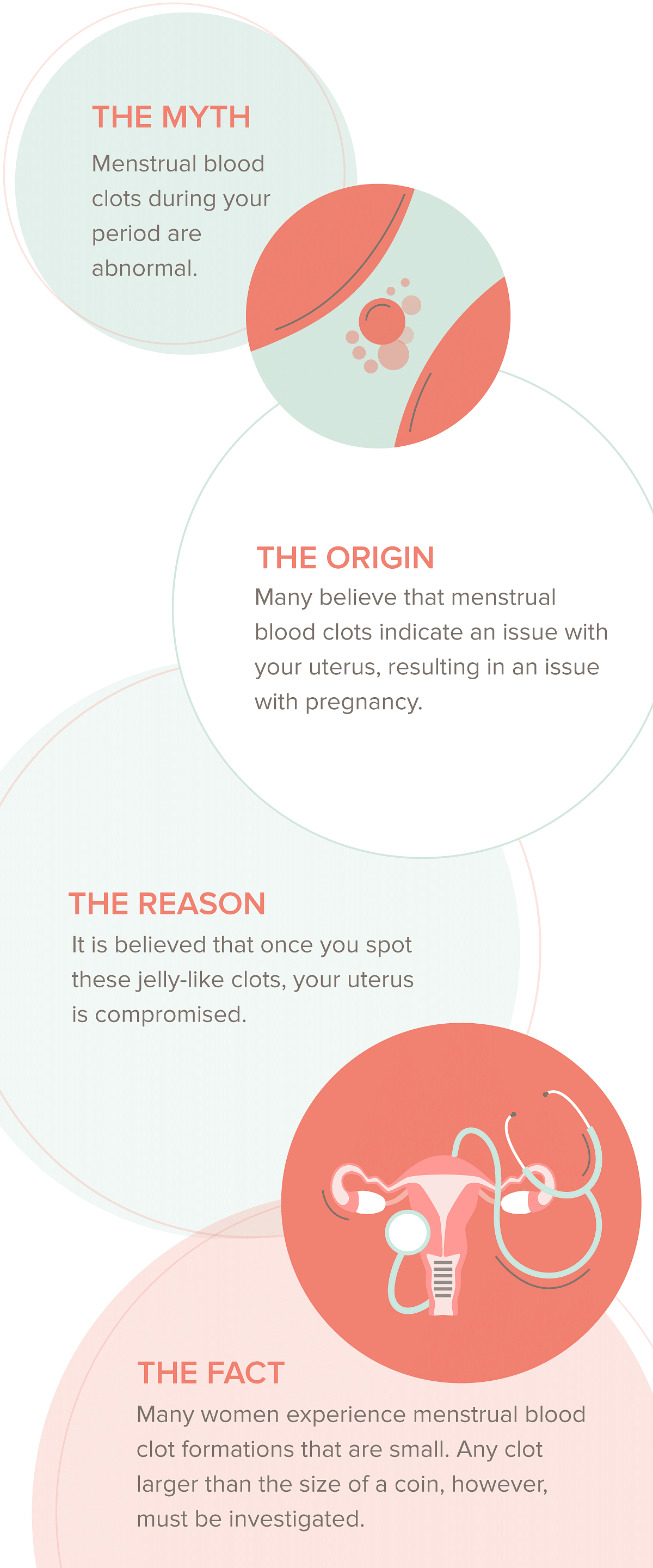Menstruation is a unique process for everyone that experiences it. From those who’ve just begun getting their periods to women who are to hit their menopausal age, everyone’s flow is never the same. And many have no idea what menstrual blood clots are.
While a few women experience menstrual blood clots, spotting it for the first time can raise a few alarms in your mind. Before you panic, is it necessary to know exactly what’s causing menstrual blood clots? Yes, it absolutely is, but you should try to do so without fretting.

During menstruation, the endometrial cells that line the uterus leave the body, and as it happens, the body releases proteins that cause the blood in the uterus to coagulate. The blood that the body has already shed also contains these coagulation proteins. When your flow is most heavy, the coagulation proteins within the blood may start to clump together, resulting in menstrual blood clots.
Generally, this takes place when menstrual blood pools in the uterus or vagina before it leaves the body. There are many possible causes of large menstrual blood clots. If you’re noticing larger than normal clots even during the light to medium flow days, you need to consider visiting a gynaecologist to rule out any possible concerns.
Taking charge of your body and its needs is important, especially if it could be an underlying health hazard. No matter how small your clot or any other sign that’s appeared suddenly during your period, reach out to professionals that will put your worry at ease and help you find the right solution.
Through ‘Debunking Myths’, we acknowledge period myths and expose them with verified facts. Let’s debunk more period myths here.






